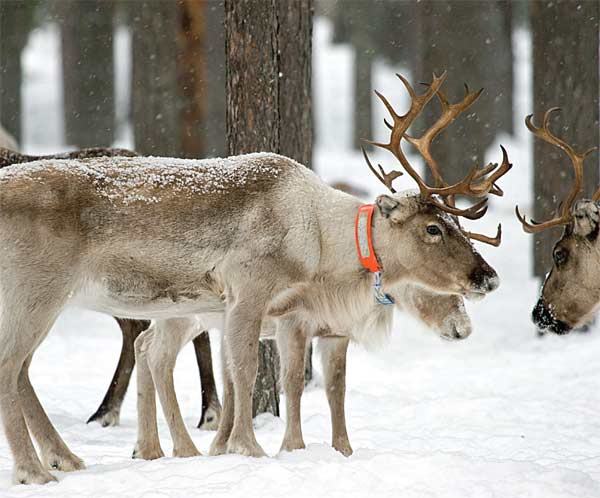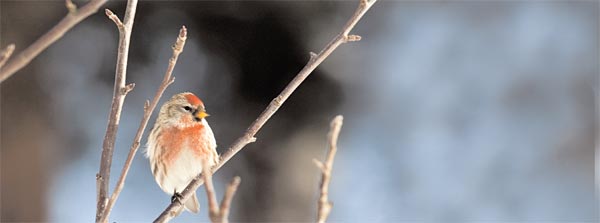

Many of you are aware of the fact that I try to collect a hat from each country that I visit. It has produced a huge collection of country-specific hats that I use quite a bit in my travel talks to various groups. It always surprises me, when I get these hats out, how unique each head covering is to an exact area.
Now, head covering is one thing, but certainly language is another. Each country, or at least each locale of the world, focuses on one specific manner of expression. There may be a slight difference between adjoining areas because sometimes one dialect will cause a bit of confusion between tribes.
But what about animals? Is their “language” as distinctive as that of humans, depending on which country they are from? Do German goats make a sound which is different from New Zealand goats? Does a horse speak a different language in Africa than in China?
Well, let me share a little story with you about this most complex question.
Our tale begins in late May in Norway. We were traveling with a small tour and had spent an enjoyable few days in Stalheim, and we were on our way to Lillehammer, the city where the 1994 Winter Olympics were held. The ski run, the skating stadium, and various support structures were still there, but that has to be another story.
The bus we were traveling in had its heat on full blast, and believe me, we needed it. At this latitude in the month of May it is still cold, and there were even snowflakes a flying. To add to our entertainment, a herd of wild reindeer crossed the road ahead – forcing us to pause a bit. And, this is what started the conversation about animal sounds.
Our faithful leader turned to our young female Norwegian guide and asked her what sounds a reindeer makes. The response was a “hrummm” which brought forth a chuckle from most of us. Her response was
“It is the same sound a horse makes.”
A horse? We said,
“No, a horse goes neigh, neigh”
She gave us an uncomprehending stare. And, so it moved on from there.
She said a cow goes “mua.”
We said “moo, moo.” Close, but a bit off.
We gave a pig sound “oink, oink.”
She responded with a “nof, nof.” Must be an entirely different breed, we thought.
When a bird “talks” it sounds to us like “tweet, tweet.”
She said we were way off – that birds go “pip, pip” to one another.
Think cats sound alike? Try “meow” to “miav.” English dogs seem to say “woof, woof,” but Norwegian canines go “vov, vov.”
The most perplexing sound was a rooster who woke them up with a “kylykin” instead of a “cock-a-doodle-doo.”
But my personal favorite was the frog. In Norway frogs make a sound something like “kvaek.” But in our country, most frogs say “ribbit.” Definitely a different species – wonder if an American frog can actually talk to a Norwegian one?
Man, I wish I could give you all a CD with the sounds actually on it. These phonetic letters I’m writing just don’t tell the true tale of how different the sounds really are. This silly interchange lasted over an hour and entertained the twenty-some passengers through the Arctic tundra.
Next time you get a chance, on one of your trips to a far-off, exotic land, ask some locals to tell you what sounds their animals make. I can’t believe that animals “talk” differently in the various countries of the world. But it certainly seems as if we make their sounds “country-specific.”
Leave a Reply